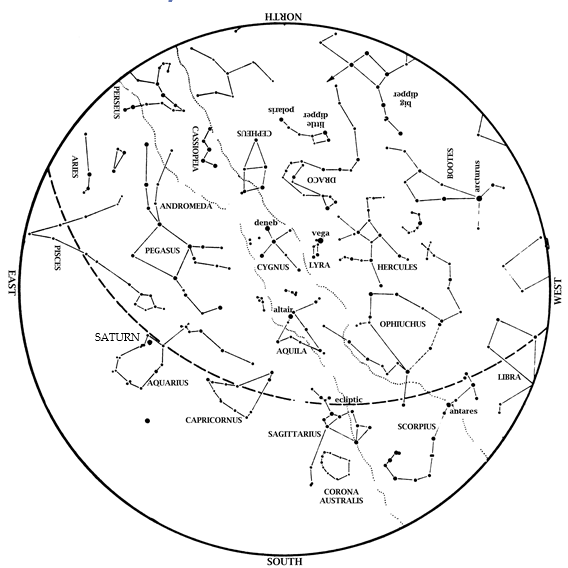Praying mantises are true masters of disguise. Like many insects (and other animals), mantises will use their cryptic appearance to blend into the environment. For praying mantises, camouflaging has two-fold benefits. For one, mantises are preyed on by many animals- including birds, lizards, frogs, small mammals and even larger mantises. Staying hidden from these predators is one of the best ways to not be eaten! Secondly, mantises themselves are voracious predators that must sneak up on their prey.
There are many fascinating examples of praying mantis camouflage. Let’s look at a few…

Green Leaves
Peruvian Leaf Mantis
(Pseudoxyops perpulchra)
Dead Leaves
Dead Leaf Mantis (Deroplatys sp.)
Twigs
African Twig Mantis (Popa spurca)
Bark
Bark Mantis (Humbertiella sp.)
Moss
Malaysian Moss Mantis
(Majangella moultoni)
Lichen
African Lichen Mantis (Oxyelaea elegans)
Grass
Indian Grass Mantis (Schizophala bicornis)
Flowers
Orchid Mantis (Hymenopus coronatus)
This acts as a camouflage AND attractant for nectar-hungry insects.
There are even examples of mantids that take blending in a bit further. Some mantises are known to molt at the end of a dry season to become black, conveniently coinciding with the blackened landscape left by frequent brush fires.
The Insect Zoo in the Cockrell Butterfly Center houses several examples of these amazing creatures. Currently you can find a Texas Unicorn Mantis (Phyllovates chlorophaea) and a Budwing Mantis (Parasphendale affinis) on display – come check them out!






